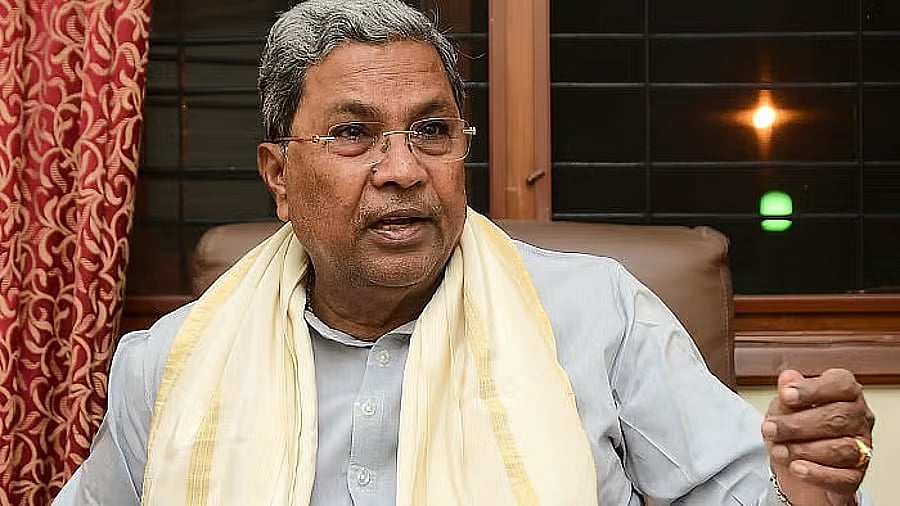
Karnataka Chief Minister Siddaramaiah.
Credit: DH Photo
The Congress high command’s decision to scrap the Karnataka Social and Educational Survey – wrongly dubbed the caste census – is a telling reminder that upper-caste dominance continues to dictate political priorities in India, even 75 years after Independence.
This not only squanders over Rs 160 crore of taxpayer money invested in the survey but also further entrenches the marginalisation of backward classes.
To clarify, this was no traditional caste census. Conducted in 2015 by the H Kantharaj-led Karnataka State Commission for Backward Classes, it was a comprehensive survey that evaluated social and educational backwardness across 50-plus parameters, with caste being merely one data point. Importantly, this was the first door-to-door enumeration of caste data in Karnataka since 1932; earlier surveys were sample-based. It covered 95% of the population with signed documentation from both enumerators and respondents, rendering claims of it being “unscientific” deeply suspect.
The Kantharaj report was submitted to then-Chief Minister Siddaramaiah but inexplicably went missing after the Congress lost power. Subsequently, the B S Yediyurappa government reconstituted the Backward Classes Commission tasking it with a fresh report. Interestingly, all appointees to the Commission, including Chairman Jayaprakash Hegde, who authored the current report, were BJP members. This Commission’s findings too challenged the long-held belief that Lingayats and Vokkaligas are numerically dominant, threatening their political hegemony. Ironically, even the T Venkataswamy Commission in the 1980s which reached similar conclusions was shelved due to objections from these communities. The underlying fear is that the implementation of the report will expose the “disproportionate” electoral and administrative influence these communities wield. While a significant number of chief ministers have hailed from the Vokkaliga and Lingayat communities, not a single Dalit has held the post.
The core of the report – that many sections were so deprived that they were unaware of reservation benefits, with some castes not even recorded by the government – is lost amidst this political manoeuvring. The report’s implications for the most marginalised, who stood to gain, are overshadowed by the dominant communities’ apprehension of losing clout. The Congress government’s failure to officially release the report allowed vested interests to manipulate the narrative, while backward class leaders also let down their communities by not championing the report that could have reshaped the destiny of the oppressed. The government now proposes a fresh survey. What if it validates the previous findings? Will the political establishment junk it again? The truth is clear: caste elites fear losing privilege and political parties lack the courage to confront them. India’s upper-caste stranglehold remains intact, denying the most oppressed their rightful share.
